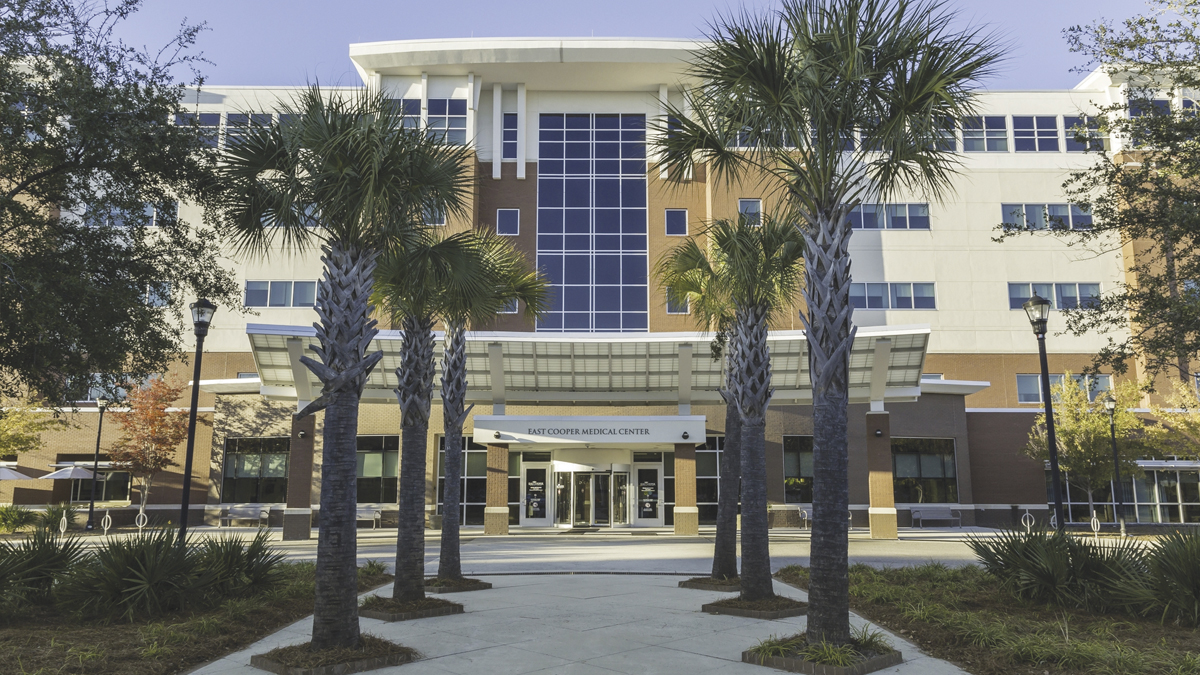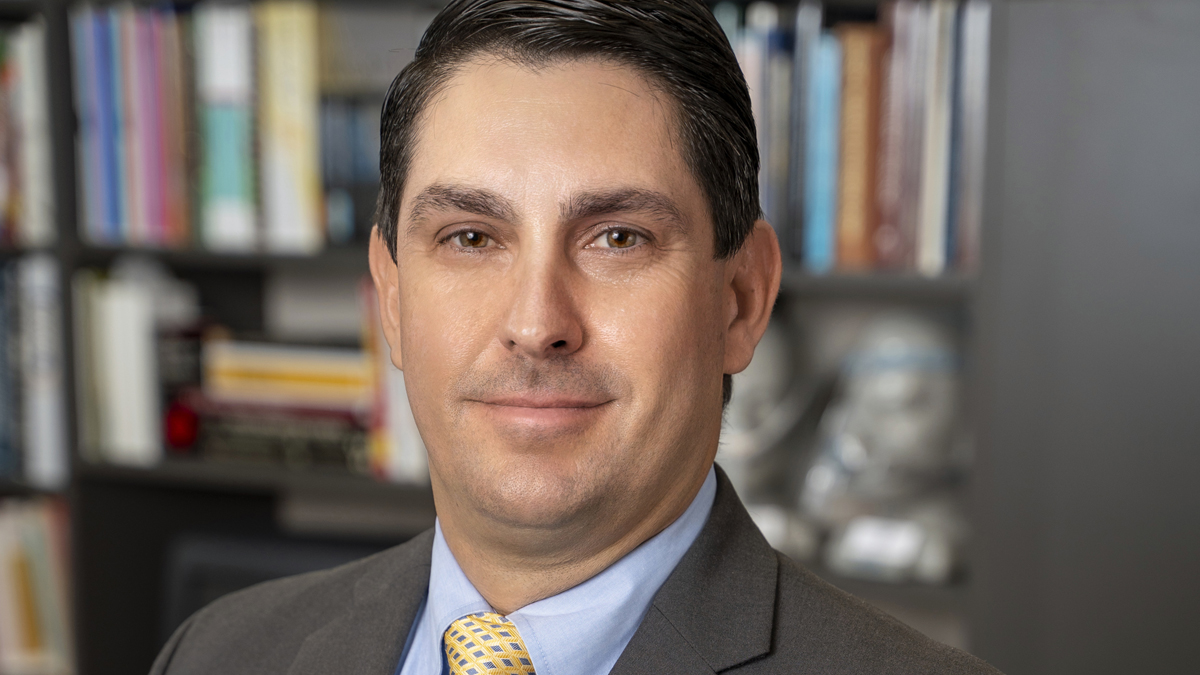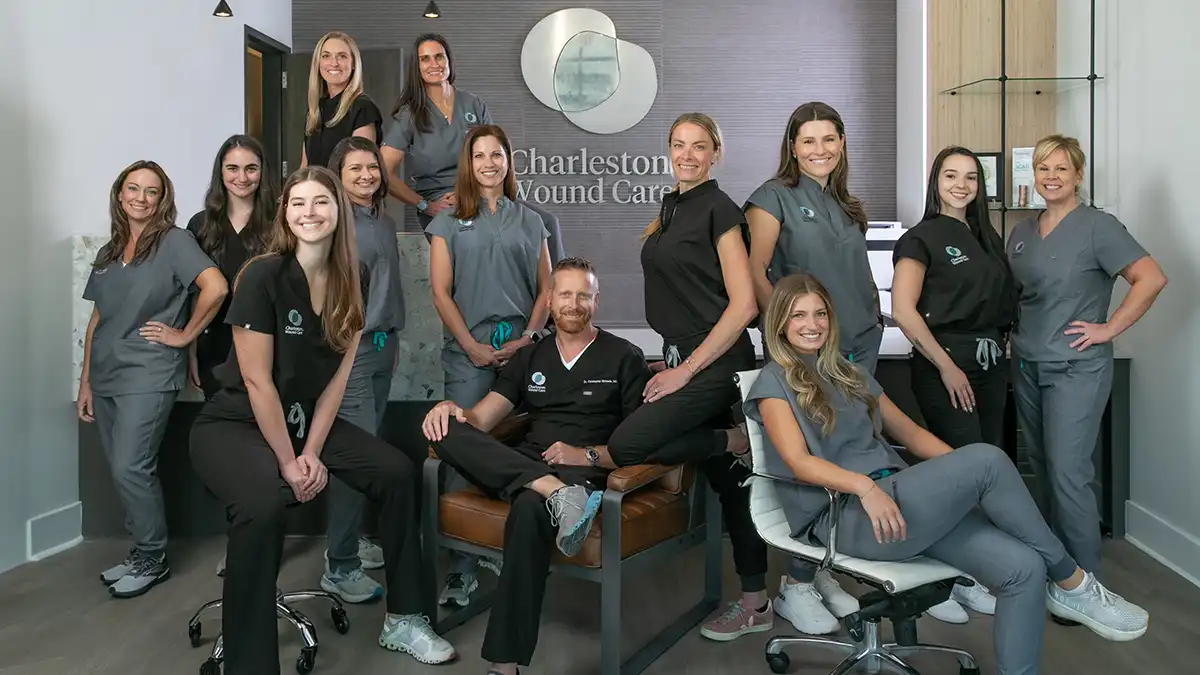Like other forms of medical artistry, reconstruction after skin cancer has come a long way, and those who are hoping to feel like themselves again find solace in the expertise and empathy of trusted surgeons. Though a dermatologist diagnoses and then removes cancer from the skin, repairing what is left behind is another step in the process. Especially in the case of delicate facial structures, patients need an experienced surgeon who can effectively restore their appearance.
For Dr. Marcelo Hochman of The Facial Surgery Center in Charleston, improving the self-image of his patients after cancer is a fulfilling part of his practice. He notes that there are different ways to treat skin cancer, but, when it comes to reconstruction following surgical removal, local dermatologists will often refer their patients to him.
“The goal is to have the best reconstruction possible,” he pointed out. “Having a surgeon who specializes in facial plastic surgery makes sense. In order to offer the patient the best aesthetic and functional result, dermatologists often get me involved to repair the area.”
The major types of facial reconstruction include local flaps and grafts for the best color and structure match. These reconstruction methods range in complexity, from sewing skin back together without relocating any tissue to regional movement of skin with blood vessel reattachments.
Sometimes, patients must undergo a procedure known as Mohs, in which the dermatologist takes a portion of skin, then examines it under a microscope, repeating the process until all the cancer has been removed. Because the procedure is costly and time-consuming — and most skin cancers can be cured with simple excision — Mohs is deemed necessary only in certain cases. These cases include:
- When the cancer is recurring in a previously treated area;
- When the lesions are larger than one centimeter;
- When the affected area of the face involves the ears, nose or eyelid and it’s preferable to spare as much tissue as possible;
- When previous treatments, such as radiation, have rendered the skin abnormal.
Though Dr. Hochman can help patients determine whether lesion removal is necessary, the dermatologist makes the final call.
“I can biopsy things, and I can remove things as a plastic surgeon, but a dermatologist differentiates between what the lesion is and what kind of treatment it ultimately requires,” said Dr. Hochman. “It’s in the best interest of the patient to have my opinion and their opinion.”
“Fortunately, most skin cancers on the face are detected early,” he added. “People tend to find skin changes on the face much earlier than less accessible areas such as the back and scalp.”
About a quarter of the practice at The Facial Surgery Center is for adult patients who require reconstruction after surgery, according to Dr. Hochman. Another quarter is for children who need reconstructive surgery, and the other half is cosmetic surgery. In Dr. Hochman’s view, all of his patients are searching for the same thing — the chance to feel secure in their appearance.
“Whatever reasons people have for improving their self-image, they are all legitimate,” he said. “The driving force is looking as good as you can. It determines how we feel about ourselves and how we interact with the rest of the world.”
To learn more about facial reconstruction after surgery or any other procedures offered at The Facial Surgery Center, visit www.facialsurgerycenter.com or call 843-571-4742. During the COVID-19 pandemic, Dr. Hochman is available for virtual consultations for urgent matters as well.
By Denise K. James






